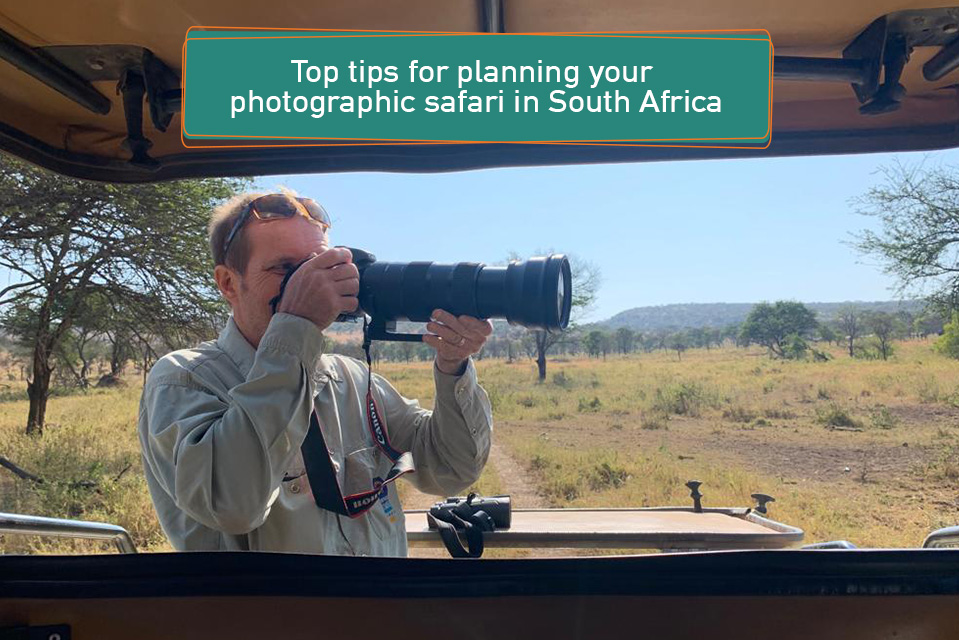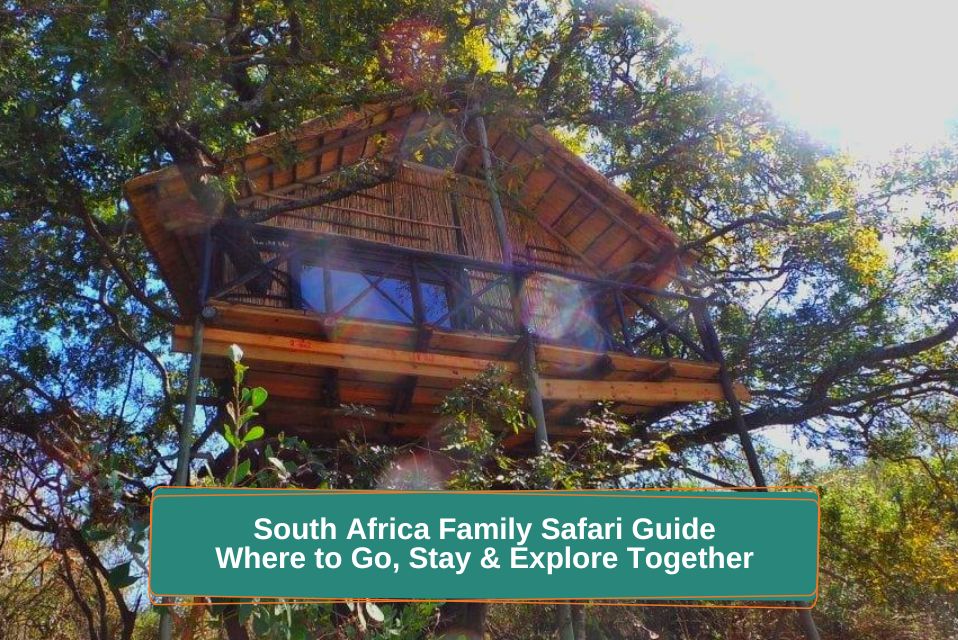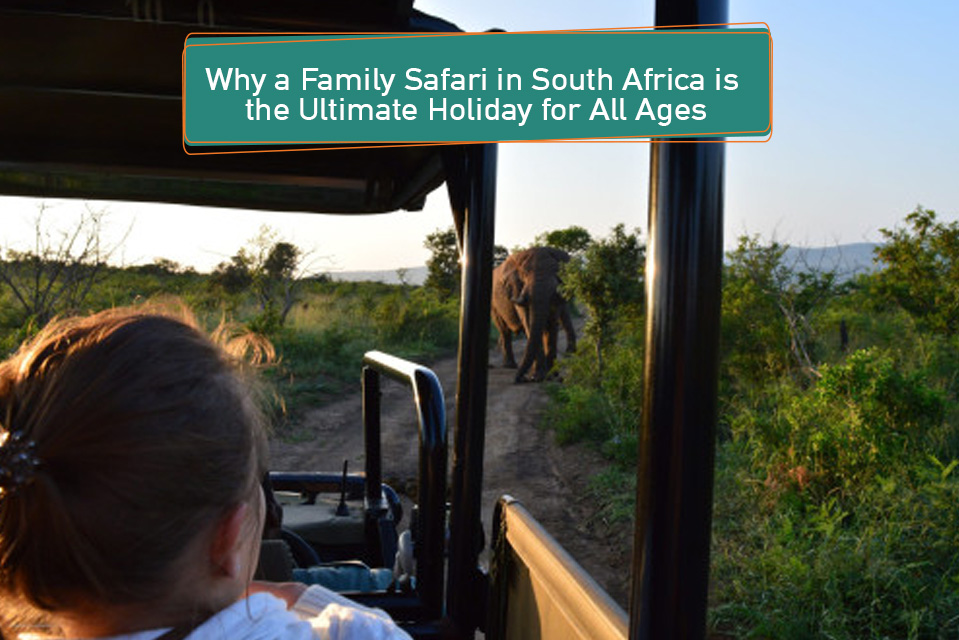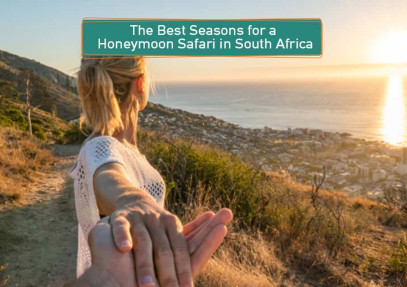
A photographic safari in South Africa is a dream come true for many wildlife enthusiasts and photography aficionados. The stunning landscapes, diverse wildlife, and vibrant cultures of this Southern African gem offer endless opportunities to capture breathtaking images. Whether you’re a seasoned photographer or just starting, planning your photographic safari in South Africa with care and attention to detail will ensure you return home with stunning memories captured through your lens.
For travellers seeking the ultimate adventure, a carefully planned South Africa photo safari is often considered the best photo safari South Africa can offer.
South Africa’s allure lies in its rich tapestry of ecosystems, from the iconic Kruger National Park to the coastal wonders of the Garden Route. As you delve into planning your adventure, you’ll discover a land where nature and culture intertwine, creating a photographer’s paradise.
Many visitors choose guided South Africa tours or independent safari trips in South Africa to experience the diversity of landscapes and wildlife, making their trips to South Africa truly unforgettable. For first-time travelers, following practical South Africa safari tips can make the journey even more rewarding.
Main Destination Overview: Capturing the Essence of South Africa
South Africa is a country of incredible diversity, both in its landscapes and its inhabitants. From the vast savannahs teeming with wildlife to the rugged coastlines and bustling cities, South Africa offers a rich palette for photographers seeking to capture the essence of Africa. The country’s national parks and reserves are home to the iconic Big Five—lion, leopard, rhinoceros, elephant, and Cape buffalo—alongside a myriad of other species, each offering unique photographic opportunities.
Kruger National Park is perhaps the most famous destination for wildlife photography in South Africa. Covering nearly 20,000 square kilometers, this iconic park is a haven for wildlife and photographers alike. Early morning and late afternoon game drives provide the best light for photography, and a chance to witness the majestic creatures of the African bush in their natural habitat.
The Garden Route, with its dramatic coastline and lush forests, offers a different but equally captivating experience. Here, you can capture the interplay of land and sea, as well as the vibrant birdlife and unique flora of the region. The cityscapes of Cape Town and Johannesburg provide a contrast to the wild landscapes, offering urban photography opportunities with a distinctly African twist.
Top Attractions and Activities: A Photographer’s Paradise
South Africa’s diverse attractions offer countless opportunities for photographers to capture the beauty and drama of the natural world. Here are some must-visit locations and activities to consider:
1. Kruger National Park
South Africa’s flagship park is vast—nearly 20,000 km²—and teeming with life. Dawn and dusk drives are your best bet for both dramatic light and predator action. Whether you’re after close-ups of elephants crossing a river or sweeping shots of the savannah, Kruger never disappoints.
2. Sabi Sand Game Reserve
Adjacent to Kruger National Park, Sabi Sand Game Reserve is renowned for its luxury lodges and exceptional wildlife viewing. The reserve is particularly famous for its leopard sightings, offering photographers a rare chance to capture these elusive big cats up close.
3. The Garden Route
Stretching along the southeastern coast, the Garden Route is a photographer’s dream with its dramatic cliffs, pristine beaches, and lush forests. Capture the stunning landscapes and vibrant birdlife, and don’t miss the opportunity to photograph the iconic Knysna Heads and Tsitsikamma National Park.
4. Cape Town and Table Mountain
Cape Town’s picturesque setting against the backdrop of Table Mountain provides countless opportunities for photography. From the colorful streets of Bo-Kaap to the bustling V&A Waterfront, the city offers a blend of natural beauty and urban energy.
5. Blyde River Canyon
One of the world’s largest canyons, Blyde River Canyon is a breathtaking location for landscape photography. Capture the dramatic vistas of God’s Window and the Three Rondavels, and explore the rich biodiversity of the region.
Practical Information: Planning Your Trip
A successful photographic safari requires careful planning and preparation. Here are some key considerations to ensure your trip is both enjoyable and productive:
Accommodation
From luxury lodges to budget-friendly campsites, South Africa offers a wide range of accommodation options to suit every traveler’s needs. For the best photographic opportunities, consider staying at lodges within or near the parks, which often offer guided game drives and walking safaris.
Transport
Renting a 4×4 vehicle is highly recommended for a self-drive safari, as it provides flexibility and access to remote areas. Alternatively, guided tours offer the advantage of local expertise and the opportunity to learn from experienced photographers. For more on self-drive and guided safari options, explore Guided Safari Tours vs Self-Drive Safaris in Kenya.
Costs
The cost of a photographic safari can vary widely depending on your choice of accommodation, transport, and activities. Budget-conscious travelers can save by traveling during the low season and opting for self-catering accommodations. Luxury travellers can indulge in private reserves and exclusive lodges that offer bespoke photographic experiences.
Here’s a clear breakdown:
Budget Safaris ($300–$500 pp/day)
Basic lodgings (often simple lodges or camps), shared safari vehicles, and a stripped-back focus on the wildlife experience. You’ll still get great photographic opportunities, but without the added luxuries.
Mid-Range Safaris ($600–$1,200 pp/day)
Comfortable tented camps or lodges, better-equipped vehicles, and guidance from professional photographers. A sweet spot for many travellers, offering a balance of comfort and hands-on photographic learning.
Luxury & Private Safaris ($1,500–$3,000+ pp/day)
Exclusive lodges, private vehicles, flexible schedules, and top-level guides. Often includes personalised photography tuition and the chance to tailor drives to your creative goals.
Best Time to Visit and Planning Tips
The timing of your safari can greatly impact your photography experience. South Africa’s climate varies across regions, but the dry season (May to September) is generally the best time for wildlife viewing as animals gather around water sources. The cooler temperatures also make for more comfortable game drives.
For birdwatching and lush landscapes, consider visiting during the wet season (November to March), when the vegetation is vibrant, and migratory birds are present.
For more insights on the best time to visit, check out the Best Holiday Destinations in July.
Local Culture and Experiences
South Africa’s rich cultural tapestry adds depth to any photographic safari. Engage with local communities to capture portraits and scenes of everyday life, from the vibrant markets to traditional ceremonies. The country’s history and diverse cultures offer a wealth of stories waiting to be told through your lens.
Consider visiting cultural villages and museums to better understand the traditions and heritage of South Africa’s people. This cultural immersion will enrich your experience and provide context for the images you capture.
Food and Dining Recommendations
South African cuisine is a delightful fusion of flavors and influences, making it an integral part of your travel experience. Don’t miss the opportunity to try traditional dishes such as biltong, boerewors, and bobotie. Many lodges offer gourmet dining experiences that showcase local ingredients and culinary traditions.
For a taste of local life, visit local markets and street food vendors to sample dishes like bunny chow and vetkoek. Exploring the diverse culinary scene will add another layer of richness to your photographic safari.
Gear & Technique: Take It From Someone Who’s Been There
Here are refined, concrete tips adapted from scout experiences and expert resources:
Camera & Lenses: Cover All the Angles
- Wide-Angle (e.g. 12–24 mm): Essential for landscapes, canyon panoramas, and drama from your vehicle interior.
- Standard Zoom (~24–70 mm): Ideal when wildlife gets unexpectedly close—easy to grab the shot without switching lenses.
- Telephoto (at least 300 mm, e.g. 100–400 mm or longer): A safari staple for crisp portraits and background compression.
Camera Format & Burst Rate
- Full-frame cameras deliver better low-light performance (perfect for dawn/dusk) and wider angles.
- High fps/burst mode helps capture action (like a lion yawning) with precision.
Pack Smart – Accessories That Matter
- Storage: Multiple high-capacity cards (256 GB or more) and a card wallet. They fill up fast—surprised many photographers.
- Battery backup: At least two spares. Safari days can stretch 12 hours, and charging isn’t always guaranteed.
- Support gear: A bean-bag is compact and effective for bracing shots from the vehicle; a tripod is helpful back at camp or for capturing landscapes in low light.
Shield Your Gear
Dust & rain: Use lens caps, lens hoods, a lens-cleaning kit (air blower), and a waterproof camera bag or cover—especially in open safari vehicles.
Camera Settings & Shooting Approach
- Avoid Auto: For better control, switch between Aperture Priority and Shutter Priority, or go full Manual if you’re comfortable. RAW format is your friend—excellent for post-capture fine-tuning, though it eats storage.
- Continuous mode: Shoot in bursts to seize fleeting action—even if you have to sift through a few thousand images later.
- Angles & framing: Change your seat or posture (stand, sit, crouch) to add variety. Mix tight animal portraits with wider contextual shots that include the environment—shots that tell a story.
- Don’t overlook the small stuff: Be ready to photograph small wildlife—birds like lilac-breasted rollers or kingfishers add charm and texture to any portfolio.
Conclusion: Capture the Magic of South Africa
A photographic safari in South Africa promises an unforgettable journey through some of the most breathtaking landscapes and wildlife encounters on the continent. By planning carefully and immersing yourself in the diverse cultures and experiences, you’ll not only capture stunning images but also create lasting memories.
Whether you’re drawn to the wildlife of Kruger National Park, the scenic beauty of the Garden Route, or the vibrant cityscapes of Cape Town, South Africa offers a wealth of opportunities for photographers. Embrace the adventure, and let your camera be your guide as you explore the wonders of this remarkable country.
Ready to embark on your photographic safari in South Africa? Check out our South Africa safaris >>
FAQ - South Africa Photographic Safari
- What is a photographic safari in South Africa?
A photographic safari in South Africa is a wildlife-focused trip designed for photographers. It offers opportunities to capture landscapes, the Big Five, and cultural highlights, with expert guides often helping you find the best shots in natural settings.
- When is the best time for a photo safari in South Africa?
The dry season from May to September is the best time for a photographic safari in South
Africa. Animals gather around water sources, making them easier to spot. Cooler weather also provides comfortable game drives and better light for wildlife photography. - Which destinations are best for a South Africa photo safari?
Top destinations include Kruger National Park, Sabi Sand Game Reserve, the Garden Route,
Cape Town, and Blyde River Canyon. Each offers unique opportunities, from Big Five encounters to dramatic landscapes and vibrant cityscapes. - What camera gear should I take on a photographic safari?
Essential gear includes a telephoto lens (300mm+), a wide-angle lens for landscapes, a sturdy tripod or beanbag, extra batteries, and plenty of memory cards. A protective bag is also useful to keep your equipment safe from dust and rain on safari trips.
- Are guided tours better than self-drive safaris for photography?
Guided tours provide expert trackers who know where to find wildlife and offer tips for
capturing great photos. Self-drive safaris allow more flexibility and independence. Many travellers choose a mix of both for the best photographic safari experience. - How much does a photographic safari in South Africa cost?
Prices vary depending on comfort level. Budget safaris start around $300–$500 per person per day, mid-range trips cost $600–$1,200, while luxury or private photographic safaris can exceed $1,500 per person daily with exclusive lodges and guides.
- What are some essential South Africa safari tips for beginners?
Plan in advance, pack the right gear, and dress in neutral colors to blend with nature. Use early mornings and late afternoons for the best light. Stay patient, respect wildlife, and always follow your guide’s advice to make the most of your South Africa safari.
Leave a Reply
Your email address will not be published. Required fields are marked *




No Comments